Wonderful things begin to happen once the sun drops below the horizon, whether you're shooting in the field or on the streets near your home. Sparkling stars grace the sky, a moon often illuminates the landscape, and urban scenes that appeared boring during the day take on a magical look.
Today's beginners guide comes from the Providence Photography YouTube channel—a prolific source of shooting and editing tutorials for novices and experienced shooters alike. This helpful primer is designed for the former and demonstrates how to make nighttime the right time for shooting outdoors.
The 16-minute video is quite comprehensive, so you may want to jot down a few notes.The unnamed instructor covers everything from essential gear, camera settings, and shooting techniques, to processing tips for creating stunning imagery shot in low light conditions.

By following this pro advice you'll be able to make attention-grabbing photos of cityscapes, moody reflections, landscape scenes with starry skies, colorful light trails and more. The instructor explains his approach to the task like this: "Night photography is about more than just capturing what you see after dark, it's about embracing the mystery and beauty that the night brings."
One trick is understanding how to balance low light levels with the intriguing motion that often occurs, and choosing the right equipment is the first step in unlocking this potential. A sturdy tripod is your #1 weapon for avoiding camera shake when shooting with slow shutter speeds. And fast lenses, like an affordable 50mm f/1.8, will gather as much light as possible to keep you from raising ISO beyond reasonable limits.
It's also a good idea to have a small flashlight or headlamp in your bag so that you're not fumbling around in the dark when configuring the camera and moving from one location to another. This brings up the topic of camera settings, which "are crucial for capturing sharp well-exposed night photos," and our instructor provides some great advice for dealing with a various situations.
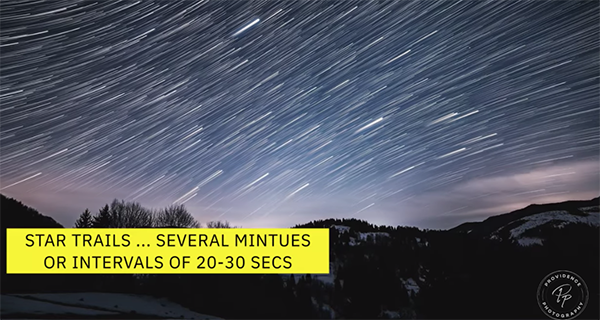
Once you find a great location, set up your gear, and get the camera settings right, the challenge is just beginning. That's because all can be for naught without proper technique— which typically differs greatly from how you shoot during the day. You learn several foolproof methods that will bring home the money shots.
The lesson concludes by demonstrating a straightforward post-processing workflow for making your great images even more enchanting. One you're done, head over to the Providence Photography YouTube channel for more pro shooting and editing advice.
Understanding the dynamic range of your camera's sensor is also very important when shooting at night, and we recently featured this simple home test that reveals exactly what you need to know.

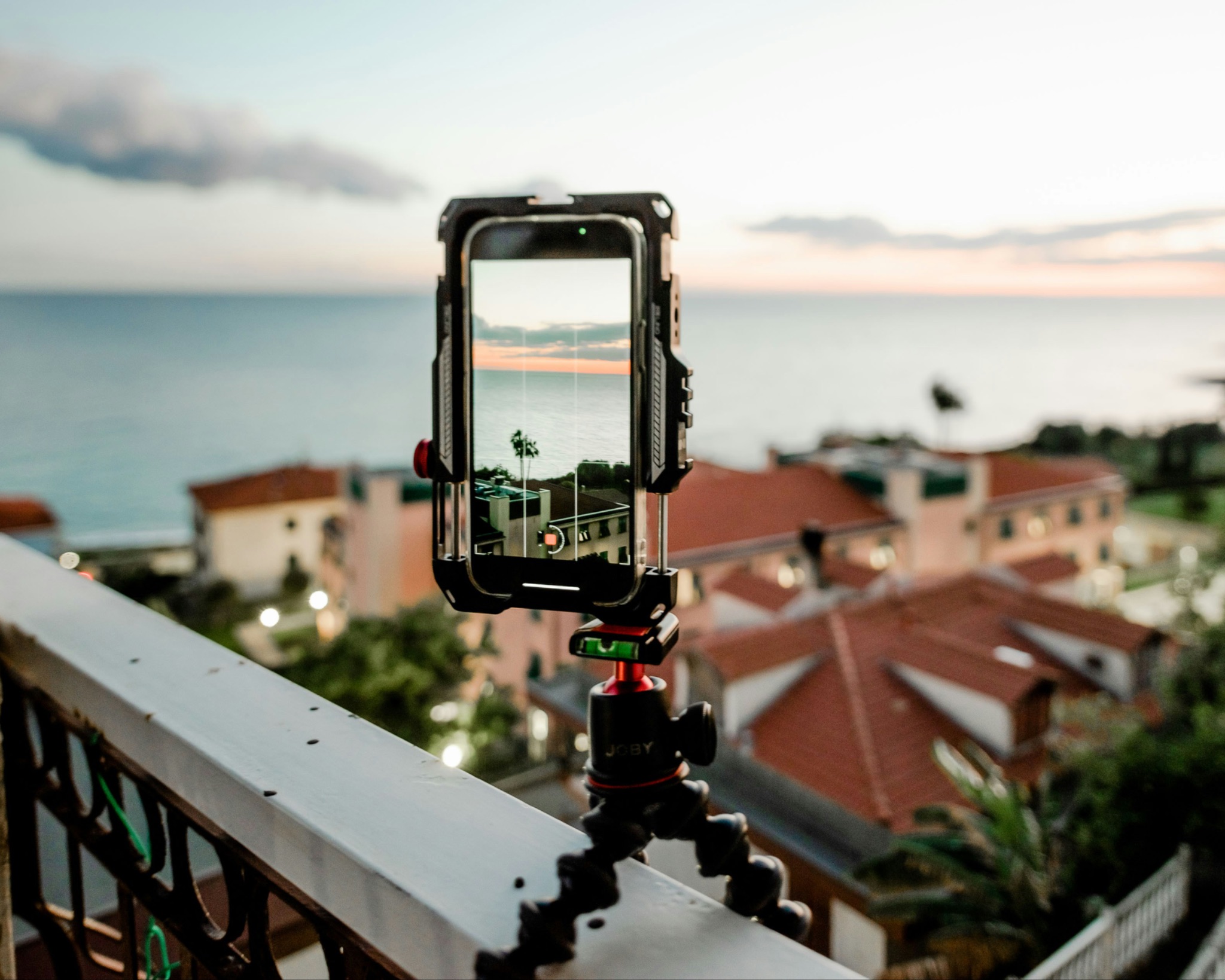


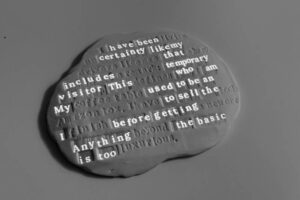
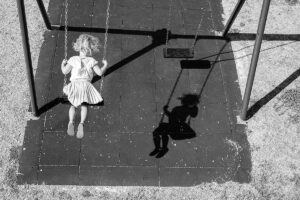


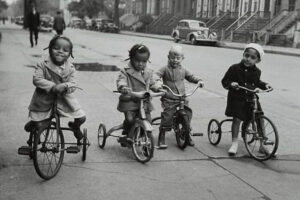
 English (US) ·
English (US) ·